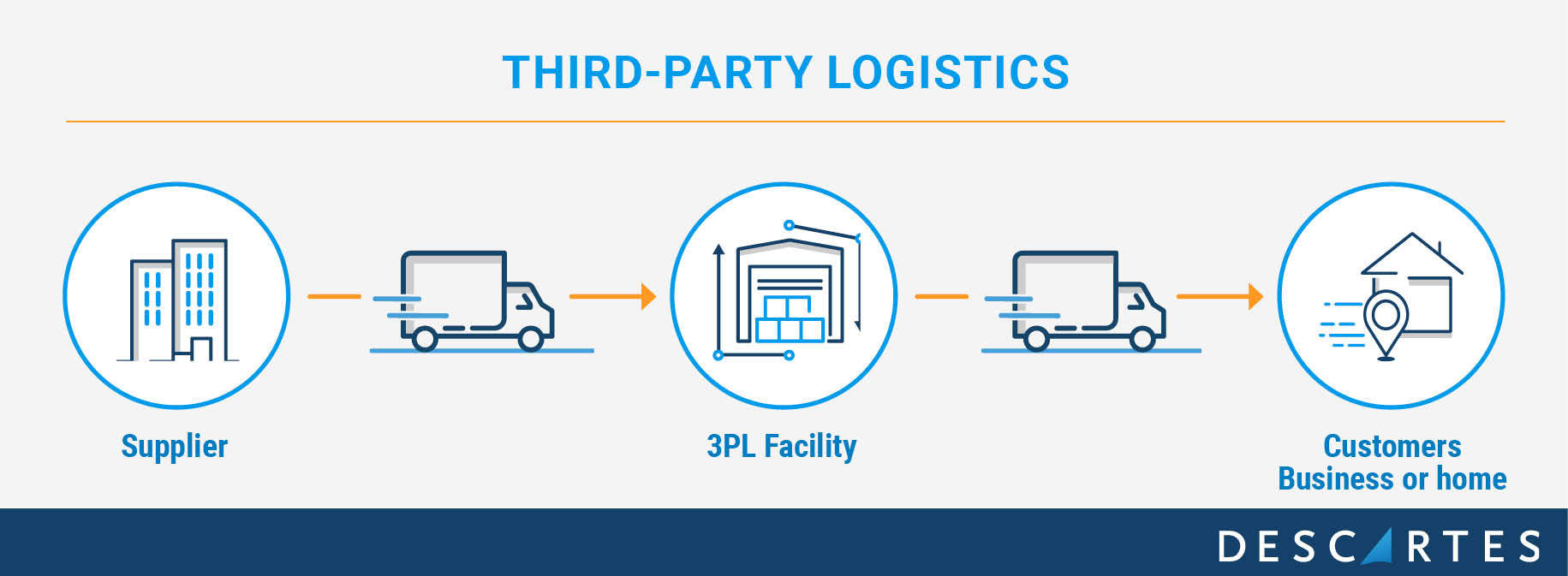Effective communication and collaboration between third-party logistics providers (3PLs*) and their trading partners heavily impacts the business climate they operate in. Electronic Data Interchange (EDI) is the exchange of electronic business documents in a standardized format, facilitating data sharing and process automation between suppliers, 3PL providers and customers.
In a series of articles we will take you into the world of 3PL EDI, first by understanding its fundamental concepts. We will then explore the commonly utilized EDI documents in a 3PL process, shedding light on their purpose and benefits. Subsequently, we will explain how logistics processes can be streamlined through 3PL EDI integration to enhance operational efficiency. Finally, we will highlight the advantages of implementing EDI in 3PL warehouses to optimize supply chain operations.

Are you ready to enjoy the benefits of automated order processing?
Our experts are only a click away.

